Schwannomas are benign neurogenic tumors that exhibit Schwann cell differentiation.Also known as Neurilemmoma
They are commonly associated with inactivating mutations of the NF2 gene and loss of the gene product merlin.
They cause symptoms by local compression of the involved nerve.
Acoustic neuroma refers to a schwannoma of the cerebellopontine angle. It is attached to the vestibular portion of the eight cranial nerve.
Acoustic neuroma is a double misnomer because it neither arises from the nerve itself nor does it involve the auditory portion!
Grossly, schwannomas are firm, grey-white, well-circumscribed, encapsulated masses that abut the associated nerve without invading it. This feature simplifies surgical excision.
Microscopically, they are comprised of spindled cells with wavy or buckled nuclei arranged in dense and loose areas referred to as Antoni A and Antoni B areas, respectively. The densely cellular eosinophilic Antoni A areas contain spindle cells arranged in intersecting fascicles. In the loose, hypocellular Antoni B areas the cells are spread apart by a prominent myxoid extracellular matrix that may be associated with microcyst formation.

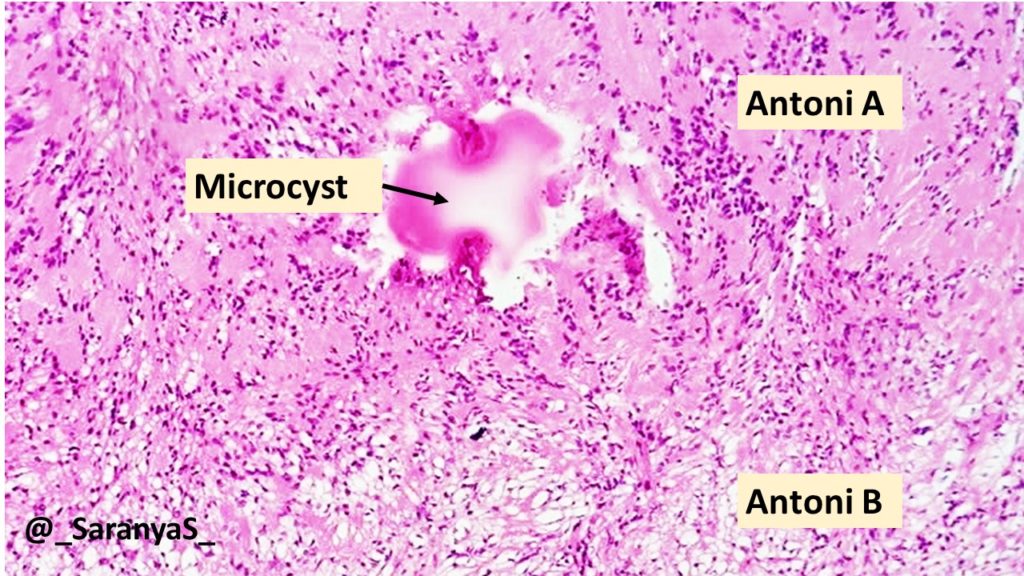
Nuclear palisading is common in the cellular areas. The “nuclear-free zones” that lie between the nuclear palisades are called Verocay bodies. The tumor cells are immunoreactive for S100.
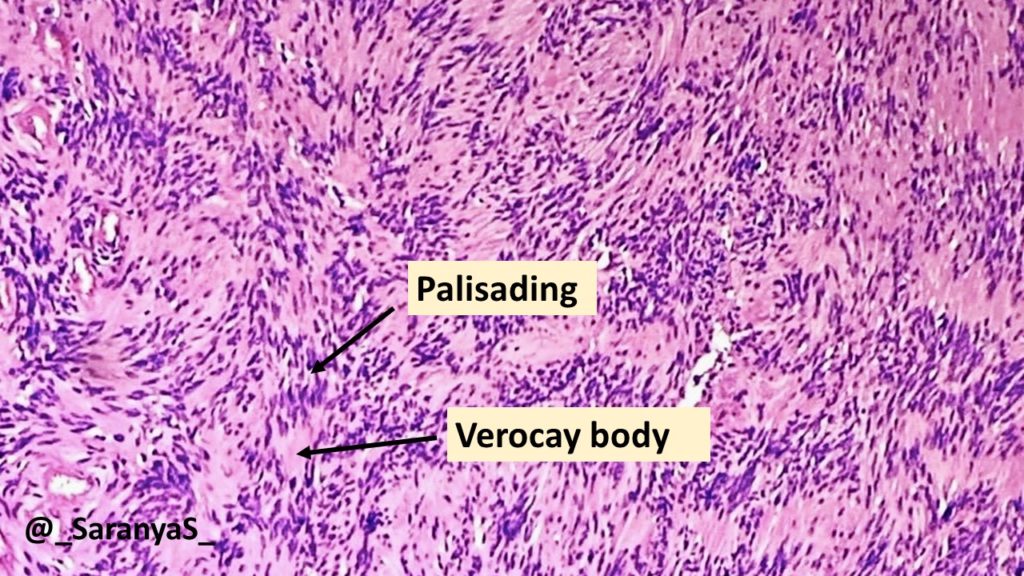
Degenerative changes can be seen but malignant transformation is rare.

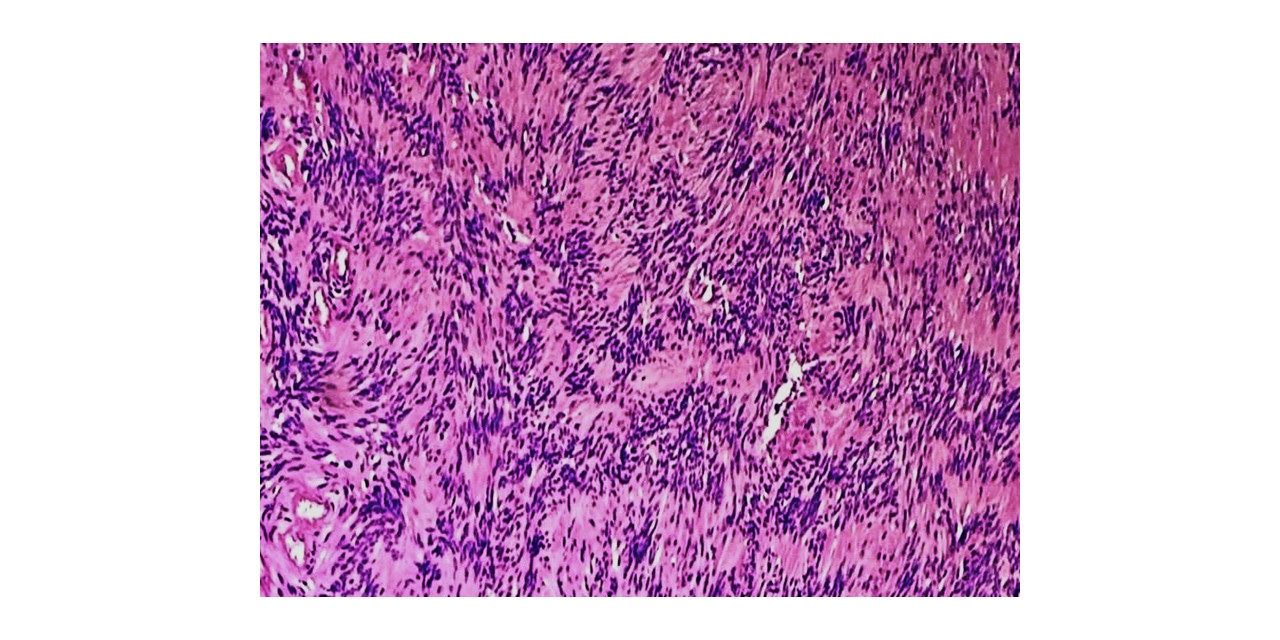
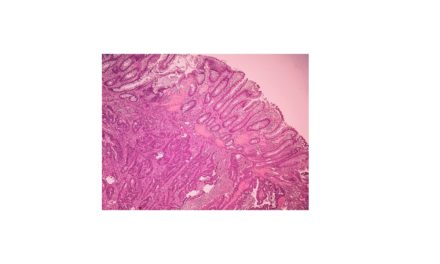

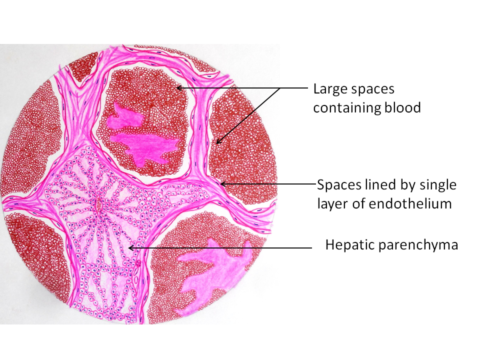






Recent Comments